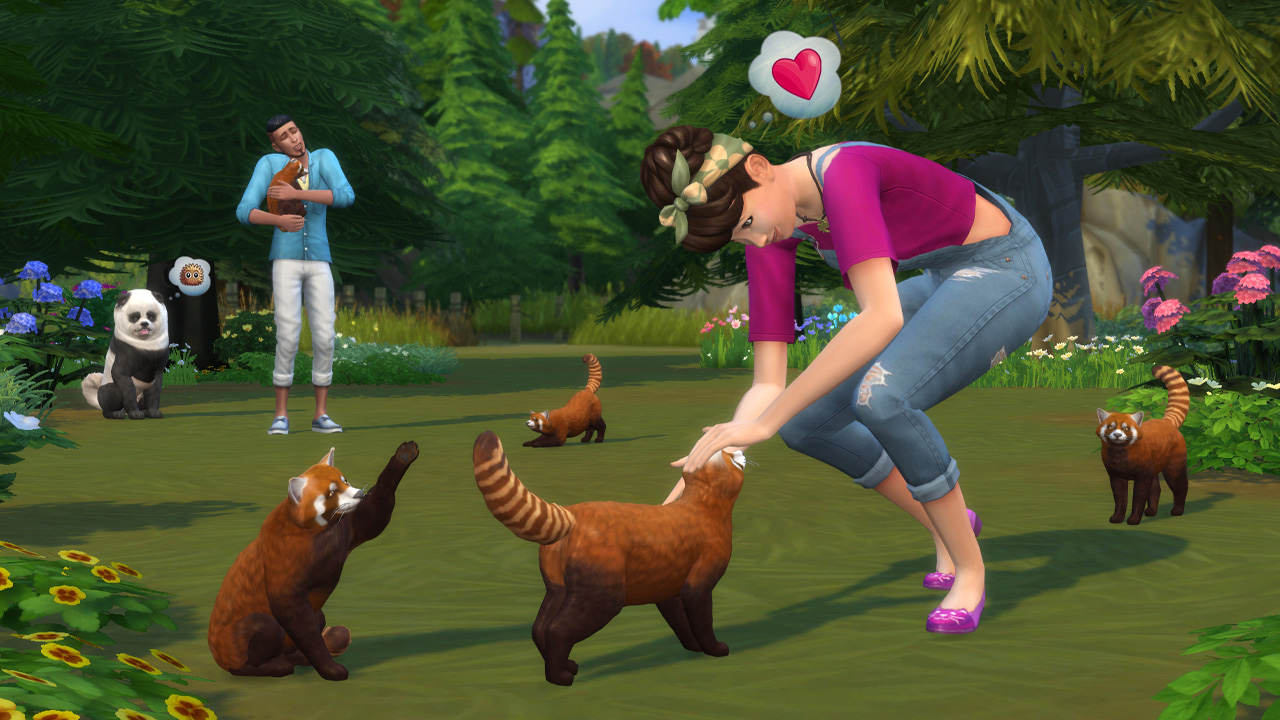

(iv) facilitating cultural transmission of traditional knowledge (v) accessiblyĪrchiving Indigenous and scientific knowledge and (vi) conducting long-termĮmpirical studies to better understand these interactions and identify threats.

Together with the participating human communities (ii) conserving opportunitiesįor human and wildlife participation (iii) protecting suitable environments We recommend: (i) establishing ethically sound conservation strategies Threats fromecological and cultural changes. Human–wildlife cooperation faces a unique set of conservation challenges,Īs it requires multiple components-a motivated human and wildlife partner,Ī suitable environment, and compatible interspecies knowledge-which face Joining several inactive forms (including human–wolf and human–orca cooperation). The remaining active formsĪre human–honeyguide and human–dolphin cooperation, but these are at risk of These interactions provide important benefits to both the human and wildlifeĬommunities involved, have wider impacts on the local ecosystem, and representĪ unique intersection of human and animal cultures. Human–wildlife cooperation occurs when humans and free-living wild animalsĪctively coordinate their behavior to achieve a mutually beneficial outcome.
THE SIMS 4 ALL DLC CATS AND DOGS NATALIE FREE
Read the free Plain Language Summary for this article on the Journal blog. In doing so, we will gain new insights into the diversity of our ancestral, current and future interactions with the natural world. We advocate an approach that integrates ecological, evolutionary and anthropological perspectives to advance our understanding of human‐wildlife cooperation. Finally, we identify key questions for future research. We propose multiple potential origins for these unique cooperative interactions, and highlight how shifts to other interaction types threaten their persistence.


As a result, distinct behavioural variants have emerged in each type of human‐wildlife cooperative interaction in both species, and human‐wildlife cooperation is embedded within local human cultures. The skills required appear to develop at least partially by social learning in both humans and the animal partners. The mechanisms mediating the animal behaviours involved are unclear, but they may resemble those underlying intraspecific cooperation and reduced neophobia. In all cases, a food source located by the animal is made available to both species by a tool‐using human, coordinated with cues or signals. Active cases involve people cooperating with greater honeyguide birds and with two dolphin species, while historical cases involve wolves and orcas. Here, we review and synthesise the function, mechanism, development, and evolution of human‐wildlife cooperation. While other cooperative human‐animal interactions involving captive coercion or artificial selection (including domestication) have received extensive attention, we lack integrated insights into the ecology and evolution of human‐wildlife cooperative interactions. Abstract Human‐wildlife cooperation is a type of mutualism in which a human and a wild, free‐living animal actively coordinate their behaviour to achieve a common beneficial outcome.


 0 kommentar(er)
0 kommentar(er)
